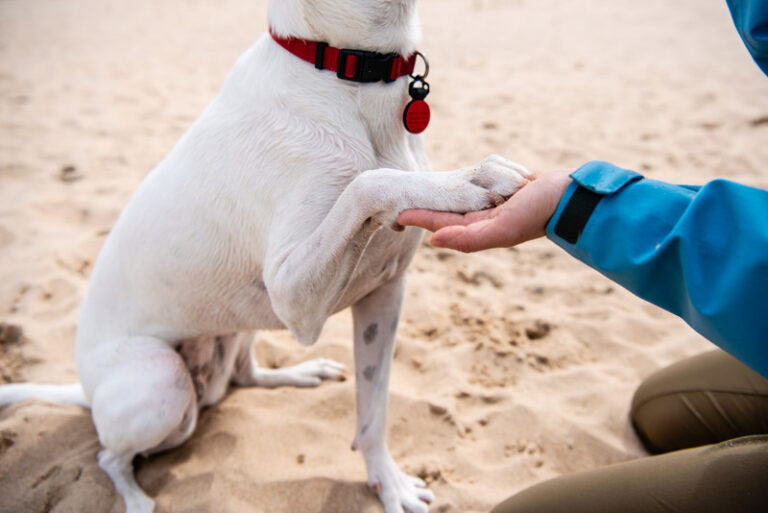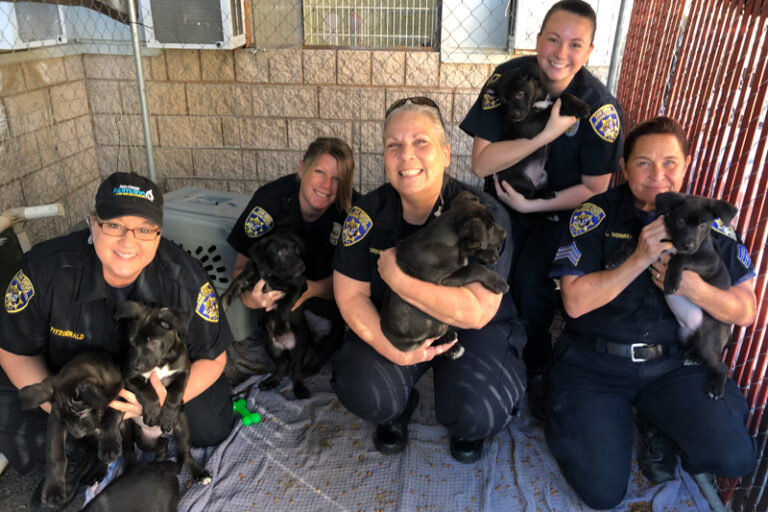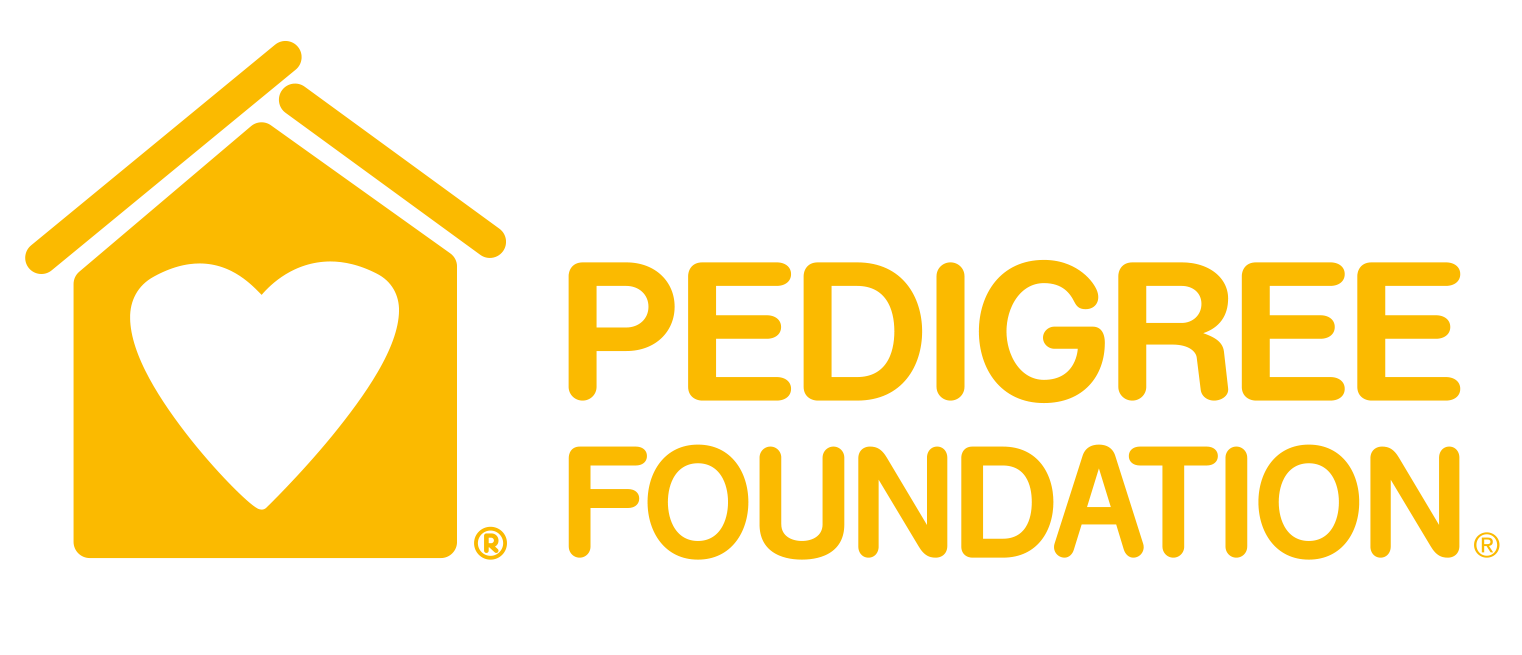You don’t need us to tell you how hard things are in animal welfare right now. So when we caught wind of a municipal shelter whose transfer rates to rescue partners hadn’t dropped in 2022, but had stayed robust—with nearly half its pets being transferred to rescue partners—we reached out to find out more. We’re talking just over 2,400 of about 4,800 pets in 2021, and nearly 1,000 of right around 2,000 pets so far in 2022, as of late June.
The program is so successful that even now, as a government shelter in the summer, in Florida, they are not full—so much so that they have been able to transfer in some pets from a neighboring county shelter that is having a harder time.
Gina Botticello, the Community Partnerships & Program Supervisor for Pasco County Animal Services in Florida, started with the shelter in 2015—when fewer than 500 pets were going into rescue every year. Now, she says, “we’re probably almost on track to do 3,000 transfers this year.”
This, as the shelter is also working to decrease intake with increasing pet reunification programs, and public education campaigns about community cats and kittens.
Gina shared her thoughts about how Pasco’s kept such a strong and resilient transfer program in such a difficult time—with lessons for other shelters.
What do you think Pasco is doing that is helping keep your transfer rates so high?
Gina said she thinks the key is that Pasco tries to serve its rescue partners, as much as they help the shelter. That can mean providing extra vetting, or transport.
“We are definitely bending over backwards to accommodate them and what they want or they need, so that we can empower those transfers,” Gina says. “We’re trying to empower them all the time, because the stronger our area rescues are, the more help that they’re going to give us essentially with our animals. “
Pasco also doesn’t limit which pets a transfer partner can pull. The transfer program exists largely to ensure a safe outcome for elderly pets, and those with medical needs. But transfer partners are welcome to “shop” the shelter for any pet they want to take in, including those considered “highly adoptable.”
“Our rescues are completely invited to pull small dogs, purebred dogs, puppies,” Gina says—noting that for some rescues, taking in and adopting out some easy to place puppies can help offset the costs associated with older and sicker pets.
Rescues can even pull pets who are still on their stray hold or their emergency placement hold, to go into foster. If an owner comes forward during that time, the rescue agrees to give them over.
For example, Pasco recently took in “four little dogs” belonging to a pet owner who was hospitalized. A rescue “scooped them right up,” Gina says. When the owner was released from the hospital, he went directly to the shelter for his dogs. The rescue returned with them within an hour and a half, and the family was reunited.
“And it’s great, because it’s less stress for the animals. They’re in a comfortable home versus here in a shelter. They’re not going to get sick,” Gina says. “It’s a win, win, win.”
The only pets transfers can’t take are those with adoption holds.
Allowing rescues to transfer in any pet has benefits for PCAS, beyond maintaining and cultivating the partner relationships—like helping keep disease out of the shelter by preventing overcrowding.
Plus “we’re more than happy to give away all of our puppies and all of our small breeds so that our blockhead dogs can actually get a chance to be seen and considered,” Gina says. “When we have kittens, those rescues can take the kittens so that somebody can meet and connect with the 8-year-old black cat instead.”
That’s the day to day. PCAS also recently held an offsite adoptapalooza event—that they only brought two of their own dogs to. The rest of the pets were all brought by rescue partners, to help them get their pets into homes, so the rescues could, in turn, take in more of PCAS’s pets.
“We had a bounce house, we had food trucks, and we were on the news, we were on the radio for this adoption event,” Gina says. “And it worked.”
One rescue partner adopted out over 30 pets. Some adopted every pet they came with. “And this was not a free adoption event,” Gina says. “There were fees, but with the right promotion and the right location and making it a community event, people came out. And so now all of those rescues that have all this room. This morning, they’re already planning a scheduled pull from our shelter.”
“We’re trying to empower them all the time, because the stronger our area rescues are, the more help that they’re going to give us,” Gina says.
How do you find out what the rescues actually need?
On top of talking with rescue partners every single day, via phone, email, and even Facebook messenger, Pasco holds quarterly meetings during which Gina asks what the groups’ challenges are, “what do they need from us?”
The answer may be that a rescue needs help moving adoptions. They may need a shelter to start doing a certain medical test before they can pull more pets, or something else altogether. The only way to know is to ask.
“Just asking them, ‘What do you need? Why are the numbers slowing? What can we do to support you in future pulls?’ I just think listening to them is the best way to kind of hit a stride again,” Gina says.
There’s that regular communication. Gina also reaches out when she notices a rescue, or more than one rescue, reducing the animals it’s taking in. That’s how she learned that rescue partners were full, with their adoptions slowing—and spurred the idea for the adoption fair.
What is your staffing like for the transfer program?
Gina works on a four-person team, but managing and building the transfer program is not any one person’s full time job. Gina and her teammates wear a lot of other hats.
“I operate the rescue transfer program,” she says. “Also, my department operates the TNVR program“—i.e., the community cats programming—”education and outreach, volunteers, and fosters.”
Volunteers do a lot of the legwork, transporting pets to wherever the transfer partners need them—one more way Pasco tries to make its transfer program as rescue-friendly as possible.
“We’ll gift wrap the animals, whatever we have to do,” Gina says.
About how many transfer partners is Pasco working with at any given time and how do you bring in new ones?
There are “hundreds” of rescue partners in the system, “but I find that we work daily with the same 20 groups,” Gina says.
Some of these are rescues specializing in specific breeds or types of dogs. “They keep an eye on what we do and they watch our notifications,” Gina says. “And then we have local partners that we transfer to on a weekly basis.”
A handful of transfer partners are several hours away, including some of the larger private shelters in the state. When these far-away orgs take in 10 or so pets, Gina or a volunteer will even drive the pets to them. Again, the goal is to make this rescue partnership as easy and mutually rewarding as possible for both parties.
As for recruiting new rescue partners, this is an ongoing—creative—endeavor.
“Always. Always,” Gina says.
PCAS holds open houses for new rescues. They make them fun, supplying coffee, food, even gift bags. They also ask existing rescue partners to recruit new partners.
“Hey, do you have a friend? Please bring them by,” Gina says.
These events are not just fun and inviting. They’re also a great opportunity to learn about rescue groups’ missions, and—getting back to this being a mutually beneficial relationship—their needs.
“We’re so interested to hear what they do and how we can support them,” Gina says.
Is there any sort of transfer of funds between you and the rescues? How does the financial side of this work?
Pasco does not charge transfer partners to take in pets, nor does it pay them to do so.
The closest that comes is that before a pet is transferred out, PCAS does basic vaccines and tests—like heartworm and FELV—as well as microchipping, basic diagnostics, and spay and neuter surgeries. If a pet in Pasco’s care is on any medication, the meds go with them when they go into rescue.
Outside of that, the rescues are responsible for the pets’ medical care, and do often take in pets who require expensive vetting.
How do you think this affects your lifesaving at the shelter?
Outside of improving the shelter’s lifesaving rate, and reducing pets’ length of stay, Gina says this robust transfer program also saves Pasco money.
“That’s money not being spent on regular food and care—and also, say, medical costs because fewer pets in the shelter are getting sick,” she says. “Our monthly use of doxycycline used to be astronomical. And it’s been cut down to a third of the cost because we send everything out so quickly now.”
What is your best advice for other shelters that want to build or bolster their transfer program?
The key thing is what Gina has emphasized throughout this conversation: treat your rescues as partners with reciprocal relationships.
When you have a problem, they can help you, Gina says. When they have a problem, you help them. Work with them to help them achieve their goals, and make it easy for them to support your shelter.
“I think a lot of shelters, they look at that rescue relationship of, ‘They need to come help us,” Gina says. “But by it becoming a working partnership, you’ll notice a shift, and it’ll begin to really thrive.”
For more, check out our two-part blog on building and maintaining successful transport partnerships. The first is focused on tips for source shelters, the second focuses on tips for destination shelters.








